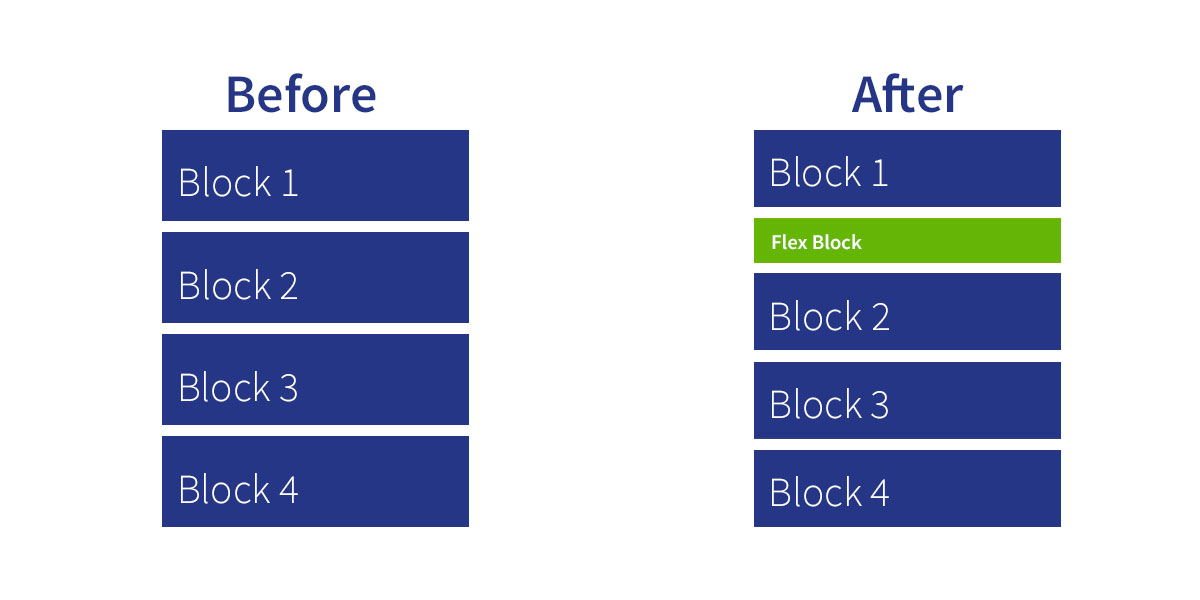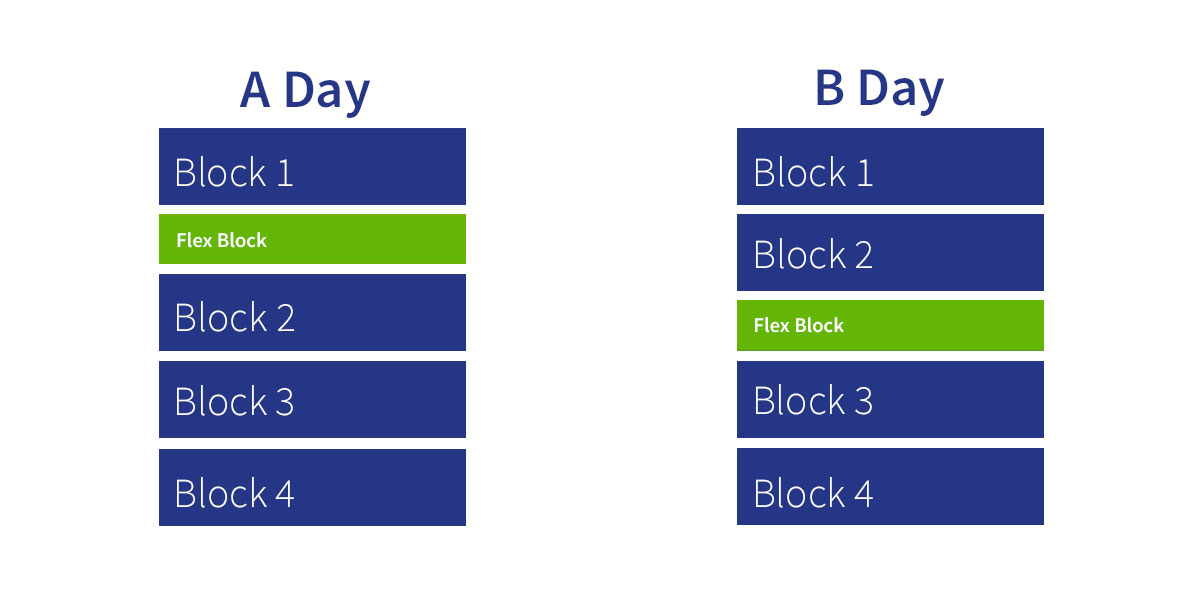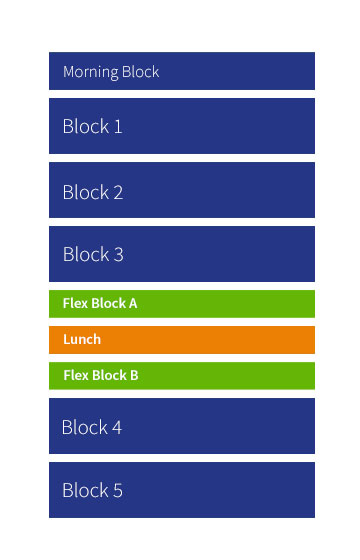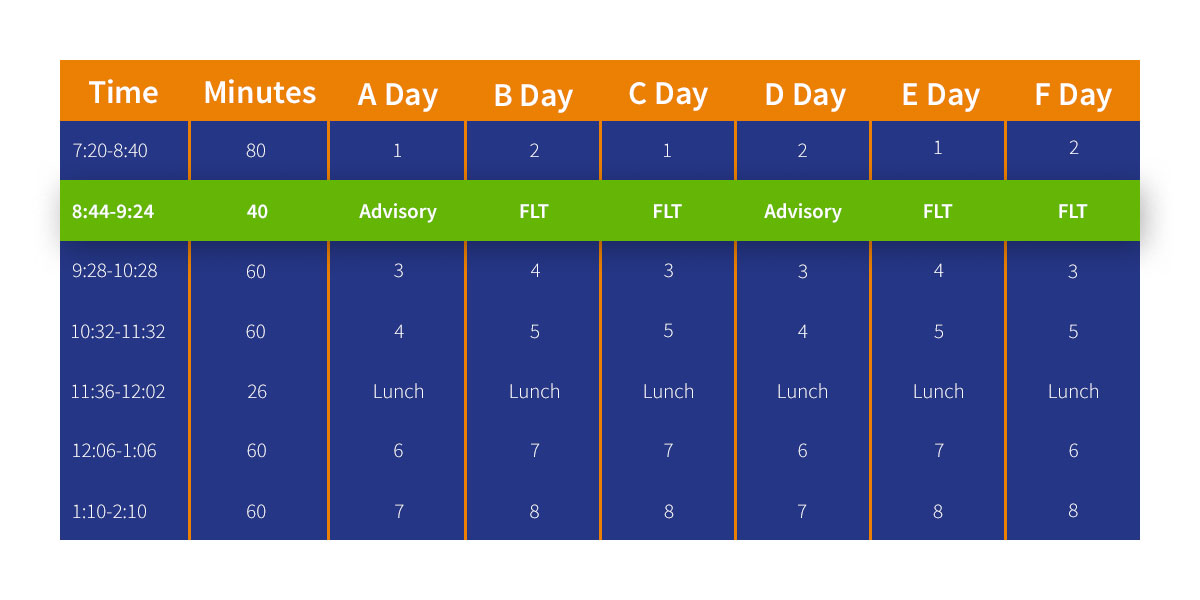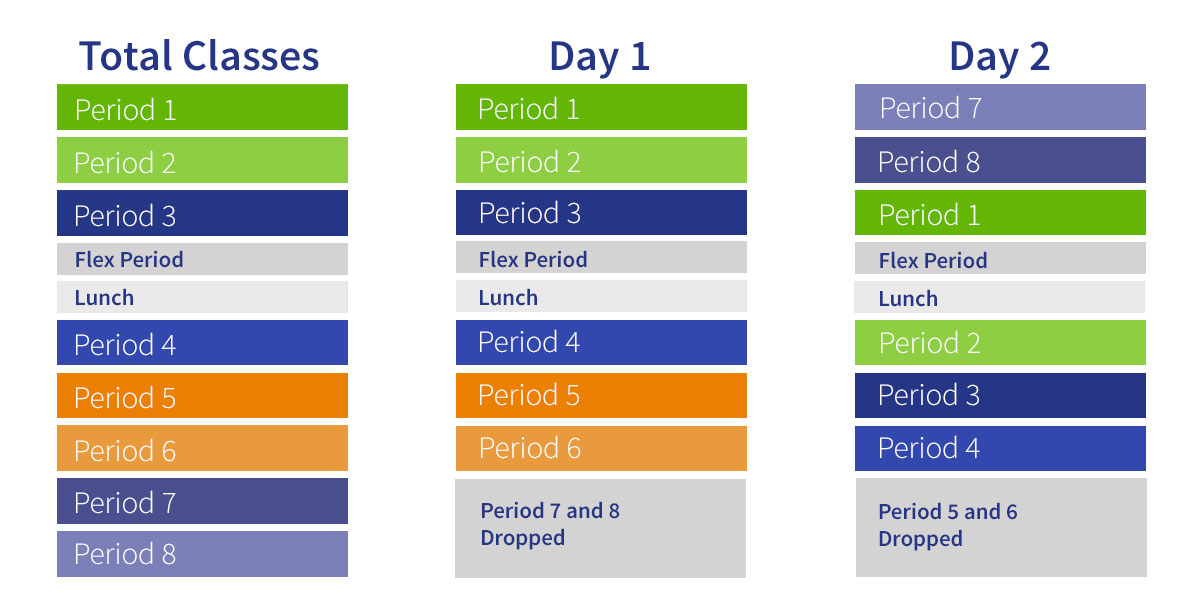MIDDLE & HIGH SCHOOLS
Different Types of Flexible Schedules
Examples of schedules in middle and high schools that can inspire your school to create a more flexible learning environment.
MORE RESOURCES
Video: How Can You Create a Flex Block?
Are you considering adding a flex block/activity period to your school schedule? If so, how can you make it work? The idea of adding an extra block to an already busy schedule might seem like it’s going to be a lot of extra work for staff. But it really doesn’t have to be. By making minor adjustments, many schools have successfully implemented a flexible block. There are a variety of different options as well. Depending on a school’s vision and goals, how they schedule flexible time may differ. Really, this is a model that can work in any school. Check out the different schedule types found in schools that we work with below!
Even if your current schedule model isn’t listed here, you can probably find a way to incorporate a flexible block into your current schedule, with minimal impact on the rest of your schedule. To learn more about how to create a flex block, watch our video How Can You Create a Flex Block?.
MORE RESOURCES
Video: How Can You Create a Flex Block?


